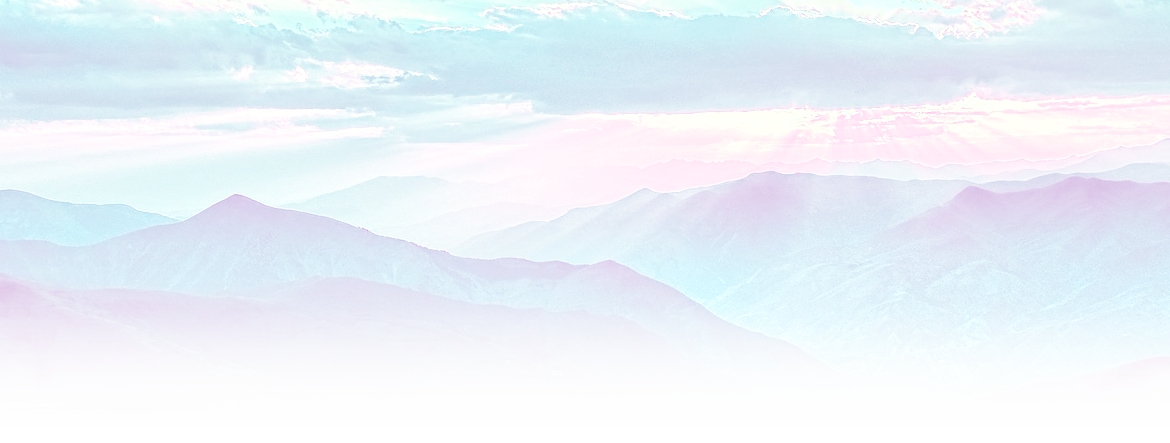Harjgga (Nonlit. 'Dirt Water')
Public material database record
Property of the Royal Atheneum of Hövnís, Eörpe
A mixture of clay, sand, water, and urine that’s used as mortar, paint or ink depending on how many parts of each component is used when manufacturing it.
Etmyology & Definition
The word appears to stem from the two words ‘Hajya’ (Lit. Water) and ‘Girgga’ (Nonlit. Dirt – possibly an umbrella term for several kinds of soils).Physical Description
Harjgga is a coarse suspension that ranges from paste to nearly liquid depending on how its mixed and what its to be used for. The coloration is usually neutral in dull grey or brown tones, and non-reflective.Manufacturing
The basic Harjgga is made from locally found sand and clay and water. Less water is used if the harjgga is to be used as mortar and more water is added if its to be used as paint. When it’s meant to be used for communication purposes, such as drawing pictograms, it’ll first be mixed the same way as paint and then urine is added as a last component. This makes the final substance more liquid than the paint, but it’ll also glow for species that can see into the ultraviolet spectrum, making it clearly readable for the Bieggjan.Purpose
Harjgga was originally used as a paint to make surfaces that could be difficult to look at for the Bieggjan non-reflective, and it appears it wasn’t long after its invention it was also found to be useful for drawing/writing by adding urine into the mixture. The discovery that it could also work as mortar if blended thicker seem to have come much later. As mortar, Harjgga proved useful in the construction of Lamass houses. In later centuries it’s also been used in the construction of permanent housing for the few and far between Bieggjan tribes that decided to abandon nomadic life and settle in villages.Material Data
Sand
Water
Urine

Comments